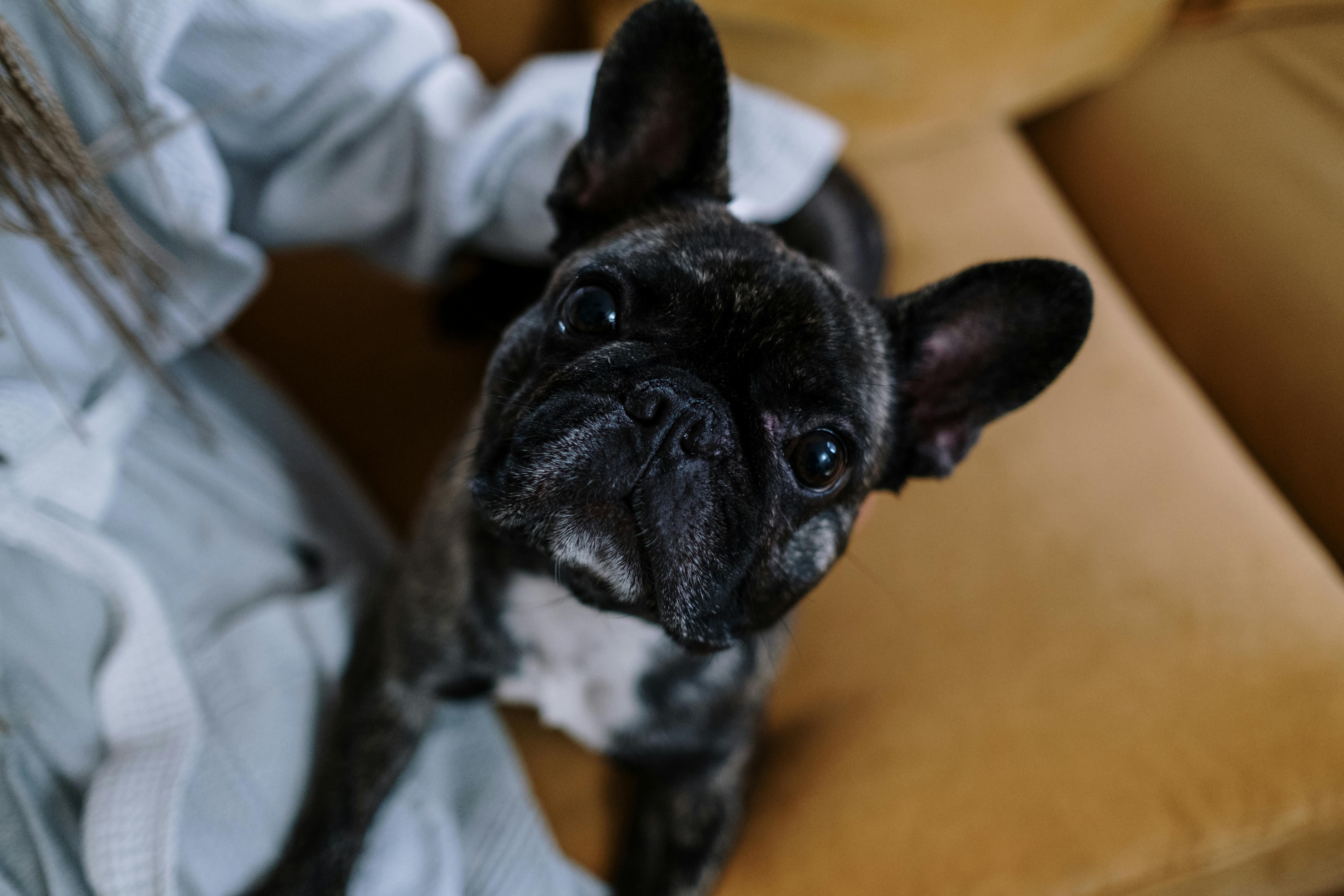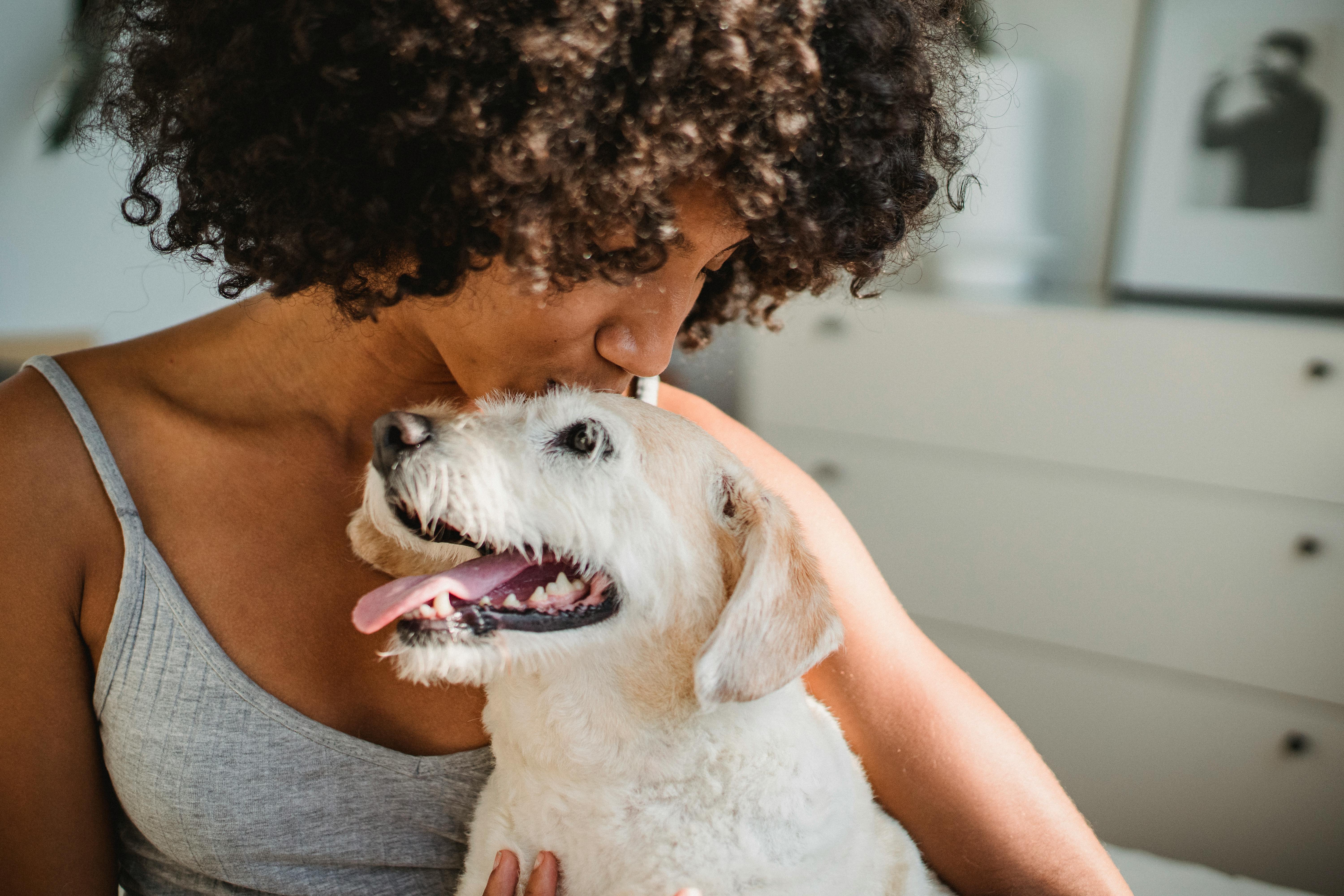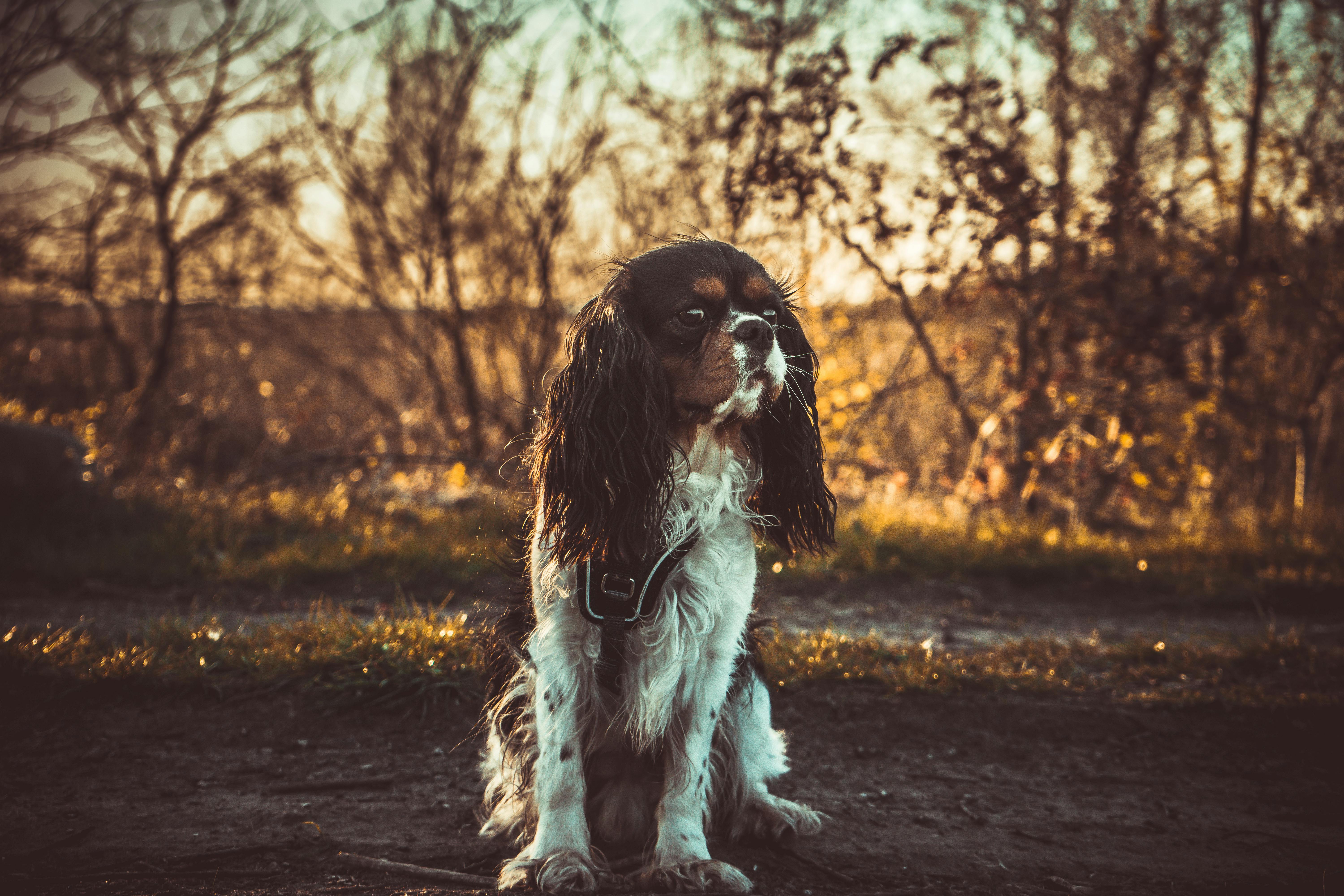Fall is one of the furry’s favorite seasons because of its fresh air, colorful foliage, and the sweet scent of seasonal plants lingering in the environment. Although the season is welcoming, it has potential health risks for your furry friends, which you may not be aware of. It is essential to know these dangers and protect your pet from unconditional situations.
Let’s take a look at some of the top things to take care of in the fall.
Less hours of natural light
Shorter days mean fewer hours of daylight and we have to interrupt some of our daily activities when visibility is poor. Dog owners have to take their furry friend for a walk, either at dusk or dawn. This brings with it the additional risks of accidents due to low visibility.
During winters, when you take your furry friends for walks in the dark in the morning or at night, it is essential to be careful with your pet. The low light means that it is a challenge for drivers to see animals, which can sometimes lead to accidents. Therefore, it is crucial to closely monitor your dog while walking and to control him with a leash and collar or chest harness. Have her wear reflective collars as well as a tag with a microchip for a safe return in case the incident is missed.
Leaves: a catastrophe to face
It is a pleasure to move around and listen to that rumbling sound that comes out of the dry leaves. Dogs love to run through the foliage and have fun. But furry animals are not aware of the danger of this debris. These dry leaves are the source of toxicity if your furry friend licks any substance off the ground or off his paws.
There may be fleas, ticks, as well as bacteria and mold growth on these leaves. And if your pet ingests any of these microorganisms, they are creating a dangerous condition that includes vomiting, diarrhea, illness, or even a tapeworm infection.
It’s best to remove the foliage and mow the dry grass on the lawn to keep those nasty parasites away. Also, make sure your pet stays indoors, separate from yard work.
Plants and Fungi
Fungi and other toxic plants are seasonal fall plants and are found in the wild during this time. Your furry friend can succumb to toxicity if any of the parts (leaves, stem or flower) are ingested by them. Mushrooms are found wild in patios. Although most wild mushrooms are non-toxic, there are some that are highly toxic and, when ingested, cause challenging situations.
Therefore, try to remove unwanted plants and fungi from your garden and prevent your pet from moving around the garden until you remove it.
Death by rodenticides
Falling temperatures pull rodents out of their shells in search of shelter from the cold in their homes. People mainly use rodenticides to kill these creatures and keep them away from their homes. However, on occasion your dog or cat is likely to feast on these chemicals and may be in serious danger. Rodenticides cause critical conditions such as bleeding, uncontrolled bleeding, and blood in vomit.
If you suspect that your cat or dog has ingested rodenticides and you find any toxicity, immediately contact your veterinarian or emergency poison center for immediate help.
Before your dog or cat falls to any of the dangers of the autumn season, make sure of all the care and take precautions to avoid any unfaithful circumstances.



